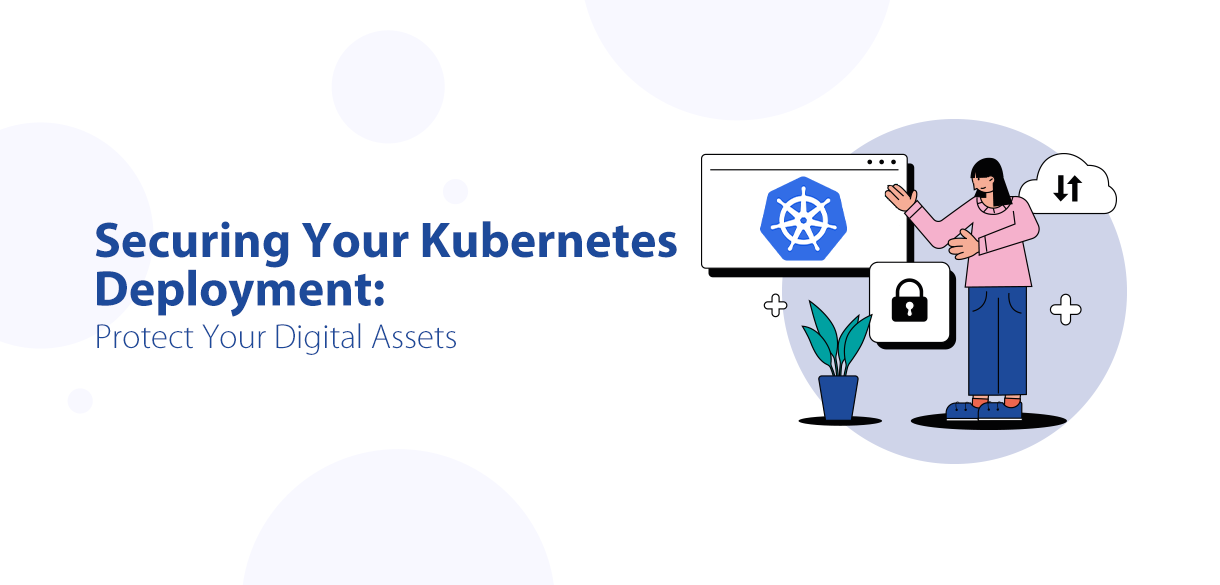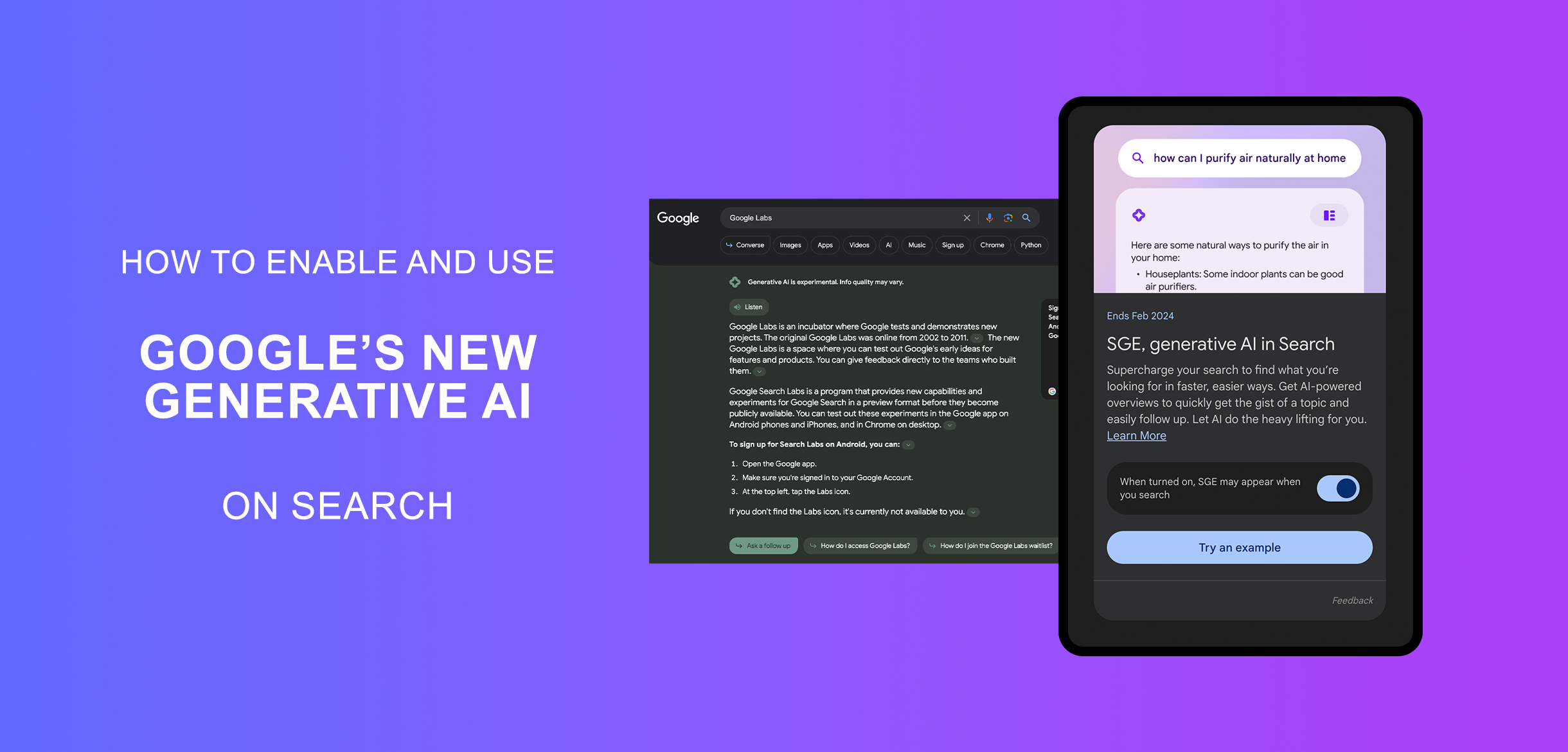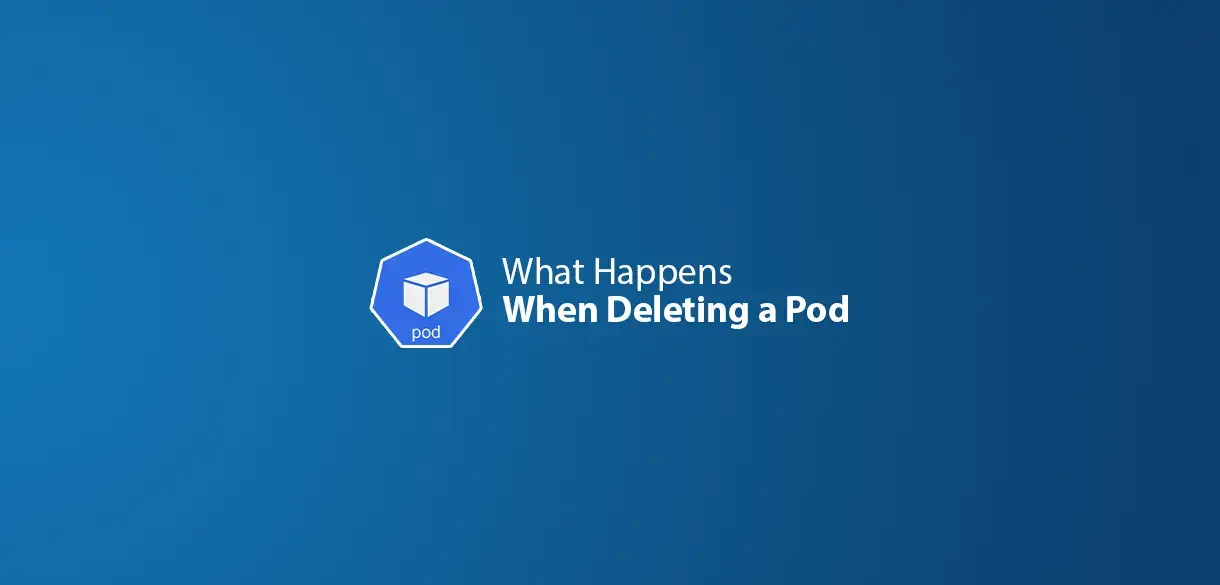What is Cloud Computing?
Cloud computing is the delivery of computing services—including servers, storage, databases, networking, software, and analytics—over the internet. Instead of owning and maintaining physical infrastructure, businesses and individuals can access resources on demand, paying only for what they use. This model provides flexibility, scalability, and cost-efficiency, making it an essential technology in the modern digital world.
Types of Cloud Computing Services
Cloud computing services are categorized into three main types:
- Infrastructure as a Service (IaaS)
- Platform as a Service (PaaS))
- Software as a Service (SaaS)
What is IaaS?
Infrastructure as a Service (IaaS) provides virtualized computing resources over the internet. It includes virtual machines, storage, and networking components that users can configure according to their needs.
Uses of IaaS
- Hosting websites and applications
- Data storage and backup solutions
- Running complex analytics and big data processing
- Disaster recovery and business continuity
- Development and testing environments
Where is IaaS Being Used?
- Startups and enterprises for scalable infrastructure
- Research institutions for high-performance computing
- E-commerce businesses for hosting online stores
- IT companies for application development and deployment
Pros & Cons of IaaS
Pros:
- Scalable and flexible resources
- Cost-efficient pay-as-you-go pricing
- Eliminates hardware maintenance
- Enhances business continuity
Cons:
- Requires expertise to manage
- Potential security risks
- Dependency on internet connectivity
What is PaaS?
Platform as a Service (PaaS) provides a complete development and deployment environment in the cloud. It includes tools, frameworks, and runtime environments for building applications without managing underlying infrastructure.
Uses of PaaS
- Application development and testing
- Hosting mobile and web applications
- Streamlining DevOps processes
- AI and machine learning model deployment
Where is PaaS Being Used?
- Startups for rapid application development
- Enterprises for microservices architecture
- Educational institutions for coding platforms
- AI-driven businesses for model training and deployment
Pros & Cons of PaaS
Pros:
- Accelerates development processes
- Reduces IT maintenance overhead
- Scales automatically based on demand
- Supports multiple programming languages
Cons:
- Limited control over infrastructure
- Vendor lock-in risk
- Compatibility issues with legacy systems
What is SaaS?
Software as a Service (SaaS) delivers software applications over the internet. Users can access these applications through a browser without installing or maintaining them on local devices.
Uses of SaaS
- Email and communication tools (e.g., Gmail, Slack)
- Customer Relationship Management (CRM) software (e.g., Salesforce, HubSpot)
- Project management and collaboration tools (e.g., Trello, Asana)
- Enterprise Resource Planning (ERP) software
Where is SaaS Being Used?
- Businesses for customer relationship management
- Educational institutions for learning management systems
- Healthcare for patient management solutions
- Financial institutions for online banking and invoicing
Pros & Cons of SaaS
Pros:
- Easy to use with no installation required
- Automatic updates and maintenance
- Accessible from anywhere
- Cost-effective with subscription models
Cons:
- Limited customization options
- Data security concerns
- Dependency on internet connectivity
| Feature | IaaS | PaaS | SaaS |
|---|---|---|---|
| Control | High | Medium | Low |
| Maintenance | User-Managed | Partially Managed | Fully Managed |
| Use Case | Infrastructure | Application Development | Software Applications |
| Customization | High | Medium | Low |
Choosing Between IaaS, PaaS & SaaS
When deciding on a cloud service model, consider the following:
- Choose IaaS if you need full control over your computing environment and want to scale resources as needed.
- Choose PaaS if you want to develop and deploy applications quickly without worrying about infrastructure management.
- Choose SaaS if you need ready-to-use software solutions without handling maintenance or updates.
Other Cloud Infrastructures
Database as a Service (DBaaS)
DBaaS provides cloud-based database management services, eliminating the need for physical database servers. Examples include Amazon RDS, Google Cloud SQL, and MongoDB Atlas.
Desktop as a Service (DaaS)
DaaS offers virtual desktop infrastructure (VDI) over the cloud, allowing users to access a fully functional desktop environment remotely. Examples include Windows Virtual Desktop and Citrix DaaS.
Function as a Service (FaaS)
FaaS, also known as serverless computing, enables developers to execute code in response to events without managing servers. Examples include AWS Lambda, Google Cloud Functions, and Azure Functions.
Cloud computing continues to evolve, providing businesses with scalable, cost-effective solutions for their IT needs. Understanding these cloud models helps organizations choose the best approach for their digital transformation journey.



